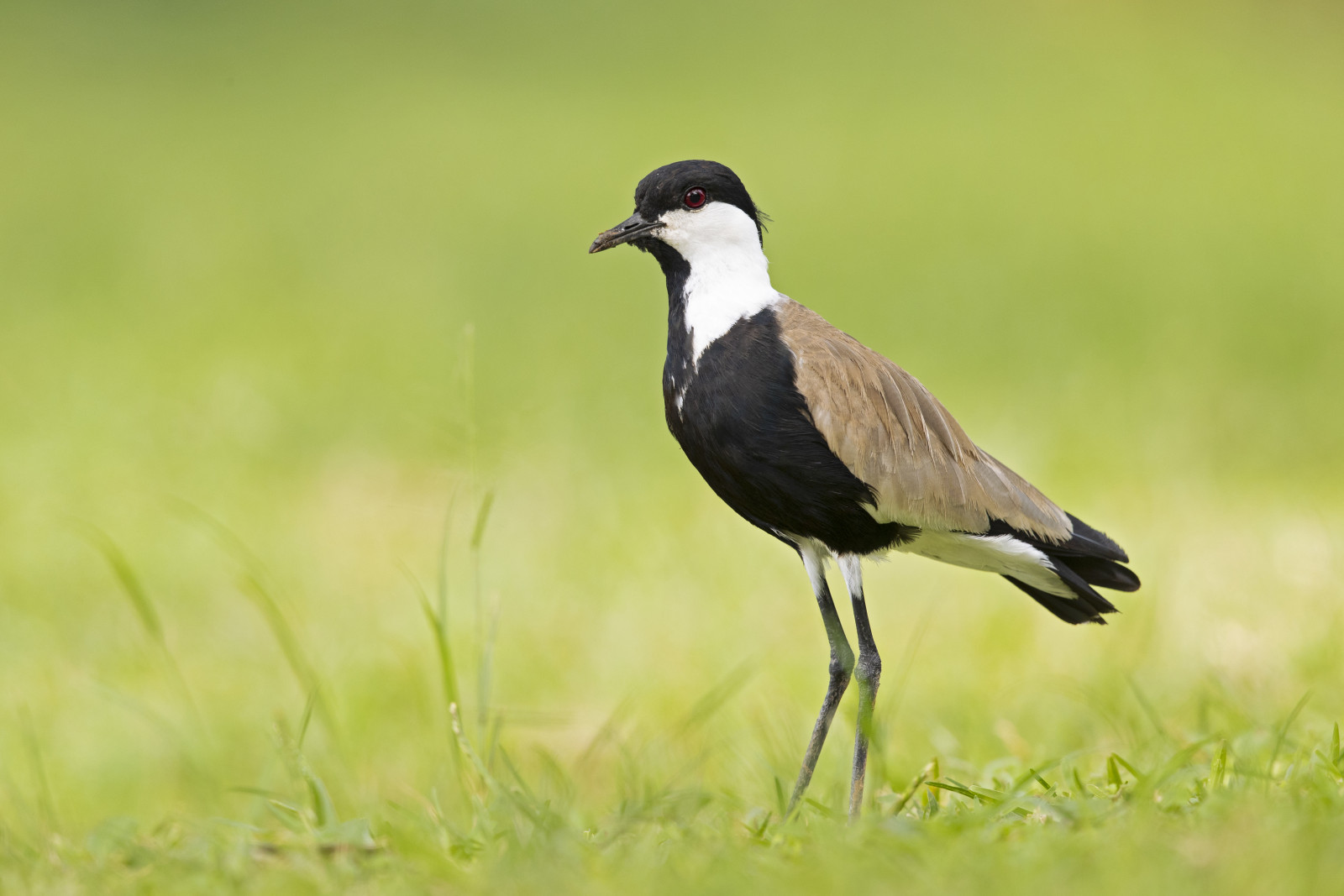Descrição
Kouklia Lake is a migration hotspot. There is no finer birding location for wetland species in Cyprus. The diversity of birds you can encounter is huge. Among the birds you can see in the area are Marreco, Zarro-castanho, Merganso-de-poupa, Mergulhão-de-pescoço-preto, Cuco-rabilongo, Franga-d'água-grande, Franga-d'água-bastarda, Grou-pequeno, Pernilongo, Tarambola-dourada, Abibe-esporado, Borrelho-ruivo, Combatente, Pilrito-de-bico-comprido, Falaropo-de-bico-fino, Perdiz-do-mar, Gaivina-de-bico-preto, Gaivina-de-bico-vermelho, Flamingo-comum, Colhereiro and Pelicano-vulgar. But many more, see the birdlist below.
Detalhes
Acesso
Drive to Kouklia village and when you get to the mosque take the turning opposite there is a signed entrance. Follow the central track down to a car park on left with tall viewing tower on right. On the opposite side of the wetland is a water retension barrage with a hide that you can walk to along the top of the barrage. It's a trek worth making.
Terreno e Habitat
Terras húmidas , Árvores e arbustos dispersos , Lago , LamaçaisCondições
PlanoCaminho circular
Nãoé útil um telescópio?
Pode ser útilBoa temporada de observação de aves
Durante todo o anoMelhor hora para visitar
Migração da primavera , Migração de outonoRota
Caminho largoCaminho dificil
FácilAcessível por
PéAbrigo/plataforma deobservação de aves
SimInformação extra
The Kouklia Lake is a reservoir that forms the temporary shallow lake habitat of Kukla Wetlands, which is no deeper than two meters. The reservoir used to be deeper, however it has been used for agriculture in dry seasons for many years and has silted up in time. It can totally dry during summer, however it can hold water for couple of years once it gets relatively full. At the eastern side of the lake the reservoir wall is fringed by phragmites reeds which can become extensive in wet times. The southeast corner is the deepest part and the wetland gets gradually shallower west and northwards. The reservoir habitat homes the majority of the birds seen at the site.



